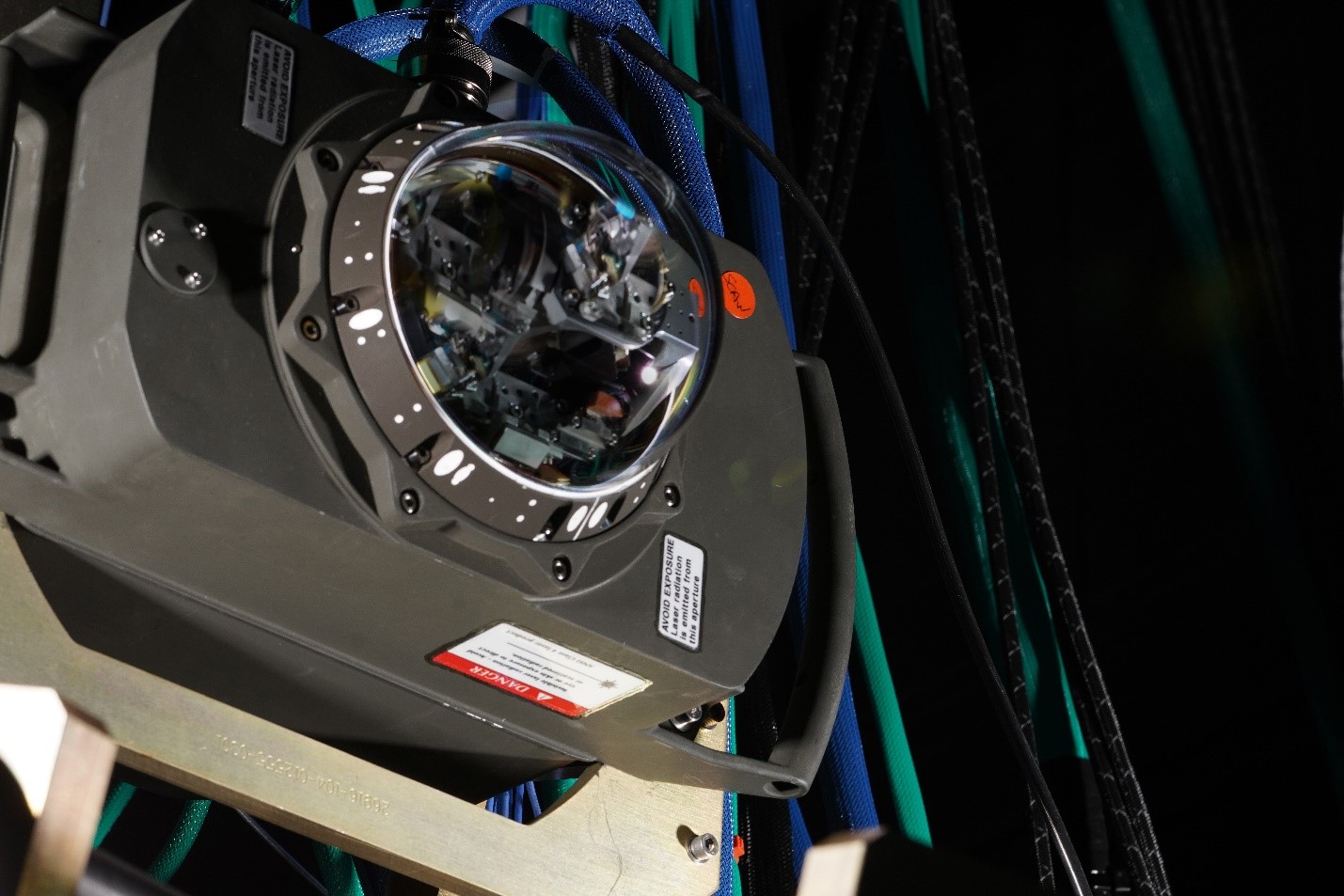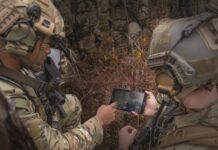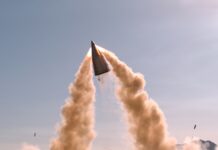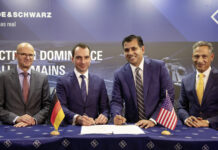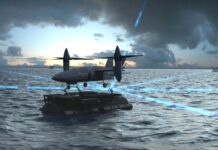Northrop Grumman has developed a new next-generation helicopter missile warning capability in the form of the Advanced Tactical Hostile Engagement Awareness (ATHENA) sensor, the company announced on 16 October 2023.
Billed by Northrop Grumman as providing “a generational leap in threat detection capability”, ATHENA is a staring sensor, meaning that it is ‘always on’, that features significant increases in resolution and processing power compared to current sensors used by airborne protection systems such as Northrop Grumman’s s Common Infrared Countermeasures (CIRCM) system.
“The longer range and resolution of ATHENA will give warfighters an additional margin of safety in contested airspace,” Dennis Neel, the programme’s director at Northrop Grumman, was quoted as saying in a company press release.
Added to this sharper vision, Northrop Grumman noted, is ATHENA’s onboard processing capabilities, which provide “actionable information instantly while preserving mission computing resources for other functions. This processing power, combined with advanced software that is updated easily to address changing mission requirements, allows for additional survivability capabilities.”
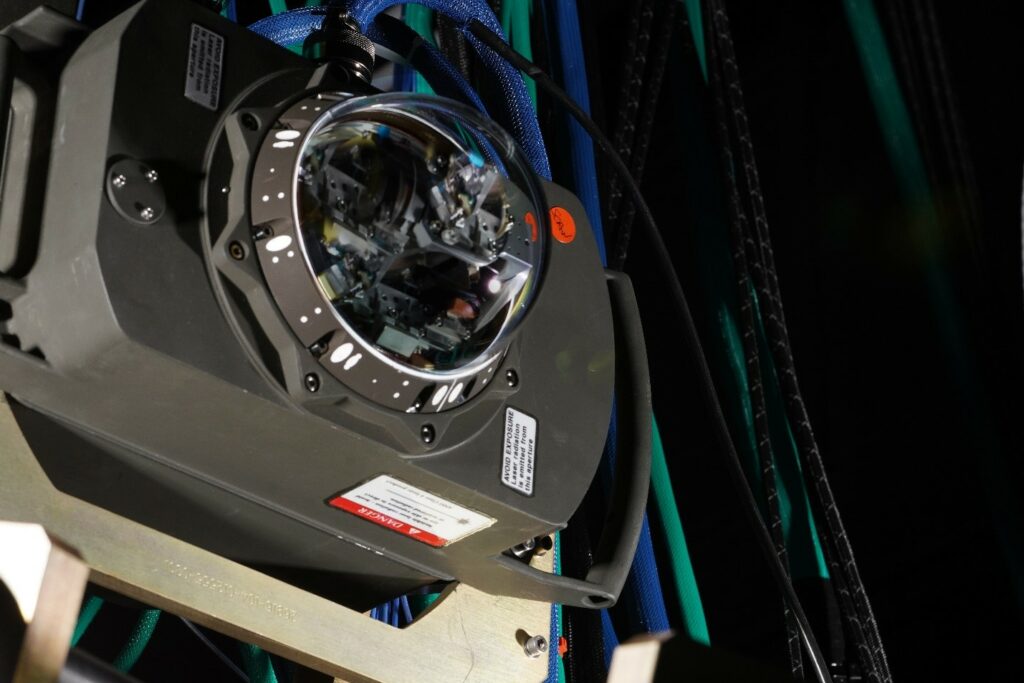
Futhermore, the video feeds from multiple ATHENA sensors can be seamlessly stitched together to give full spherical situational awareness, allowing a helicopter’s operators to view any point 360° around the aircraft and even ‘look through’ the aircraft’s floor.
“ATHENA exemplifies our approach to sensors, using available hardware to perform multiple functions and missions,” said Neel. “This increases rotary-wing aircraft survivability and provides situational awareness capabilities previously available only on much larger aircraft.
“It has the potential to make any aircraft significantly more survivable,” said Neel, adding, “Bringing warfighters home safely is the ultimate goal.”


